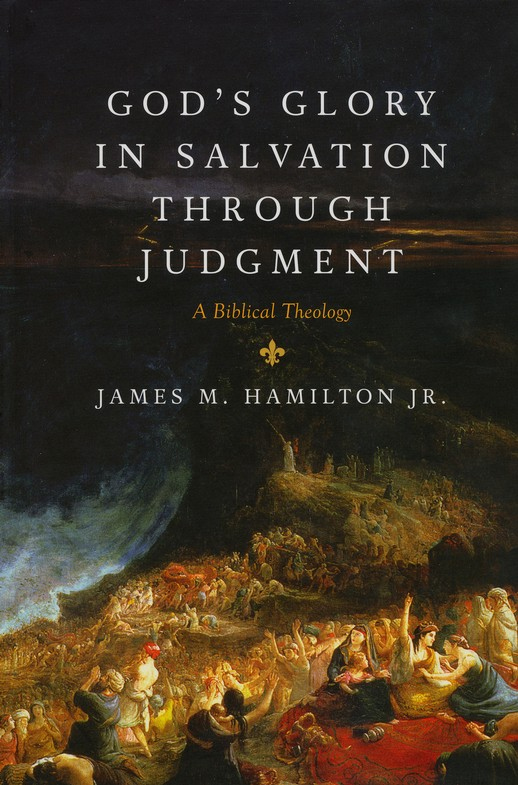The interpretive grounds and soteriological purpose of the Trinity are based solely upon the authority and meaning of Scripture revealed by God as transmitted by the biblical authors. From the Old Testament to the New, God revealed Himself as three persons in one essence. And the biblical authors wrote about that under the inspiration and guidance of the Holy Spirit. From creation, through the covenants, redemptive history, and eschatological trajectories, each person of the Trinity was at work as recorded throughout Scripture.
Doctrinal Assertions
Contents
There are four ways, among many, to understand the doctrine of the Trinity.
- There is One God, Elohim, Plural (Deut 6:4)
- There is One God, Eternal, Immutable, Transcendent (Heb 7:3)
- There is One God, Exclusive, Distinct (Isa 45:5)
- There is One God, Modeless (John 17:5, John 1:1, John 14:26)
Doctrinal Approaches
The Trinity is revealed by divine presence, activity, and instruction; not derived through human attainment of knowledge, reason, or inference.
A. Subjects of Scripture
Structured summarization of Trinitarian functions and assessment of affected topics (i.e., deconstructed doctrines without the Trinity):
- God the Father Doctrine of God
- Pneumatology Doctrine of the Holy Spirit
- Christology Doctrine of Christ
- Angelology Doctrine of Creation (bene-elohim)
- Anthropology Doctrine of Man
- Hamartiology Doctrine of Sin
- Soteriology Doctrine of Human Salvation
- Eschatology Doctrine of Last Things
- Bibliology Doctrine of God’s Word
- Ecclesiology Doctrine of the Church
B. Storyline of Scripture
Genesis to Revelation, the Scriptural presence of the Trinity and its productivity (i.e., coherent involvement of the Trinity through biblical events) were prominent for the overall creative and soteriological purpose among both old and new covenants. Specific events communicated through the various literary genres involved all three persons of the Trinity.
Tracing events through scripture narratives across generations to corroborate the existence and work of the Trinity is an interpretive necessity through the formation of comprehensive biblical theology.
C. Statements of Scripture
Explicit attestations concerning the Trinty – Individual truths, promises, and themes are consistent throughout the Bible. The doctrinal implications of the relational nature between the members of the Trinity affect covenants, marriages, parenting, contracts, mediation, communication, and relationships.
The Glory of Triune God
While the soteriological purposes of God are highly evident throughout both the Old and New Testaments, what we recognized about His glory is, I am convinced, a part of a larger meta-narrative. There is much more at work than what we realize. James Hamilton Jr writes an excellent biblical theology around the salvation of people as a central theme throughout Scripture. Hamilton’s work is an exhaustive book-by-book horizontal examination of how triune God attains glory in salvation through the judgment of disobedient people.
He writes from the various events that coalesce into biblical theology, but I happen to think there is a vertical narrative as made evident by revelatory detail. Especially from a first-century New Testament perspective. A solely human-centered theology presents a limited one-dimensional horizontal perspective, but the soteriological value of comprehensive biblical theology speaks to who God is and what He has done for humanity as recorded in the pages of Scripture. I have nothing but heartfelt gratitude for Hamilton’s work. I study a range of his materials.
I’m highly sympathetic to Karl Barth (renowned most influential theologian of the 20th-century). He didn’t like the phrase, “systematic theology” because it suggested to readers a root of human reason to discern spiritual truth to shape harmful ecclesiological outcomes (like socialist liberal tolerance and acceptance of the Jewish holocaust). He got a lot of pushback from that among socialists and liberals within his time (thus his “Church Dogmatics”). It’s also why we see “Reformed Dogmatics” (Bavinck) and other similar titles from Reformed theologians who object to liberalism or socialist thought stemming from Aristotle and Kant (i.e., modernity and the ensuing enlightenment).
Assumptions about the supremacy of human thought and reason outside what specific truths, principles, and imperatives are revealed in Scripture can form categories of doctrine that misguide church polity and social structures contrary to the explicit interests of God as recorded in His Word, the Bible. Modernity and post-modern thought contribute to a low view of Scripture. – For example, a complementary perspective concerns God’s glory in the realm beyond ours (a vertical dimensionality). While Hamilton comprehensively and deeply writes about the redemptive human history (a horizontal dimensionality), Michael Heiser writes of nations reclaimed (salvation) through a process of judgment for God’s glory. Where those judged are not human, but spiritual as Yahweh reclaims humanity for His interests. See video: Heiser’s Biblical Theology (Biblical & ANE Cosmology).













Comments are closed.